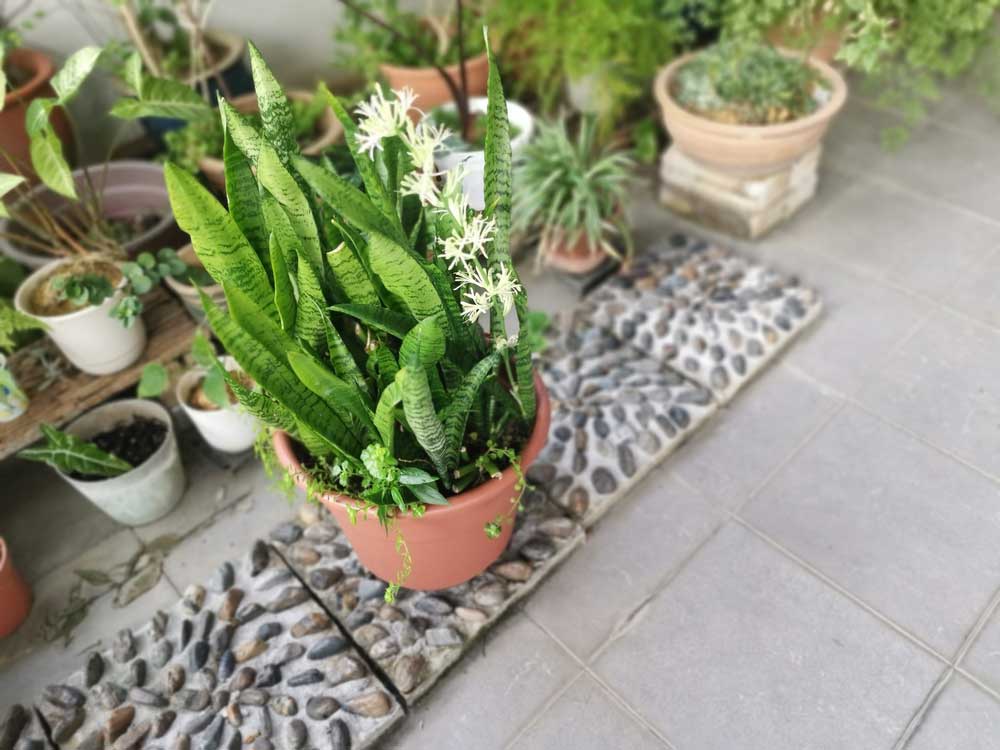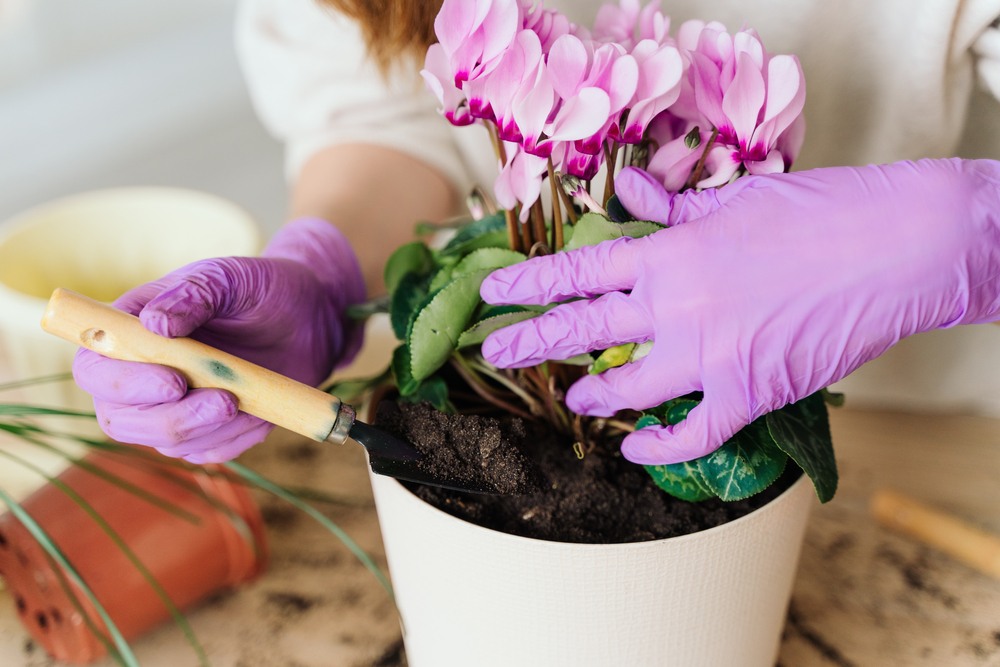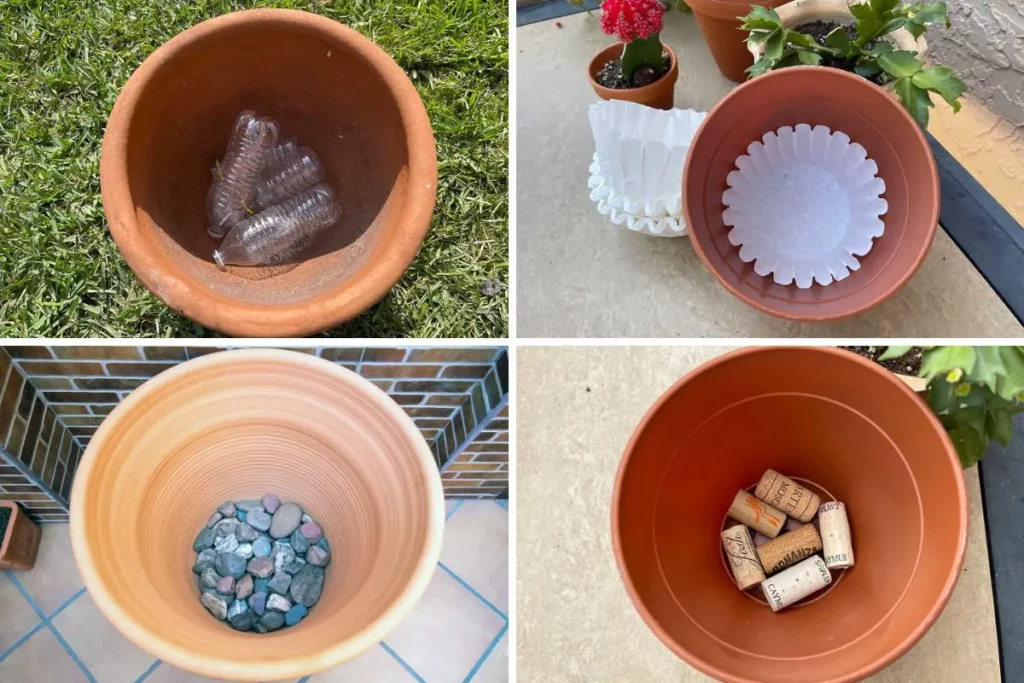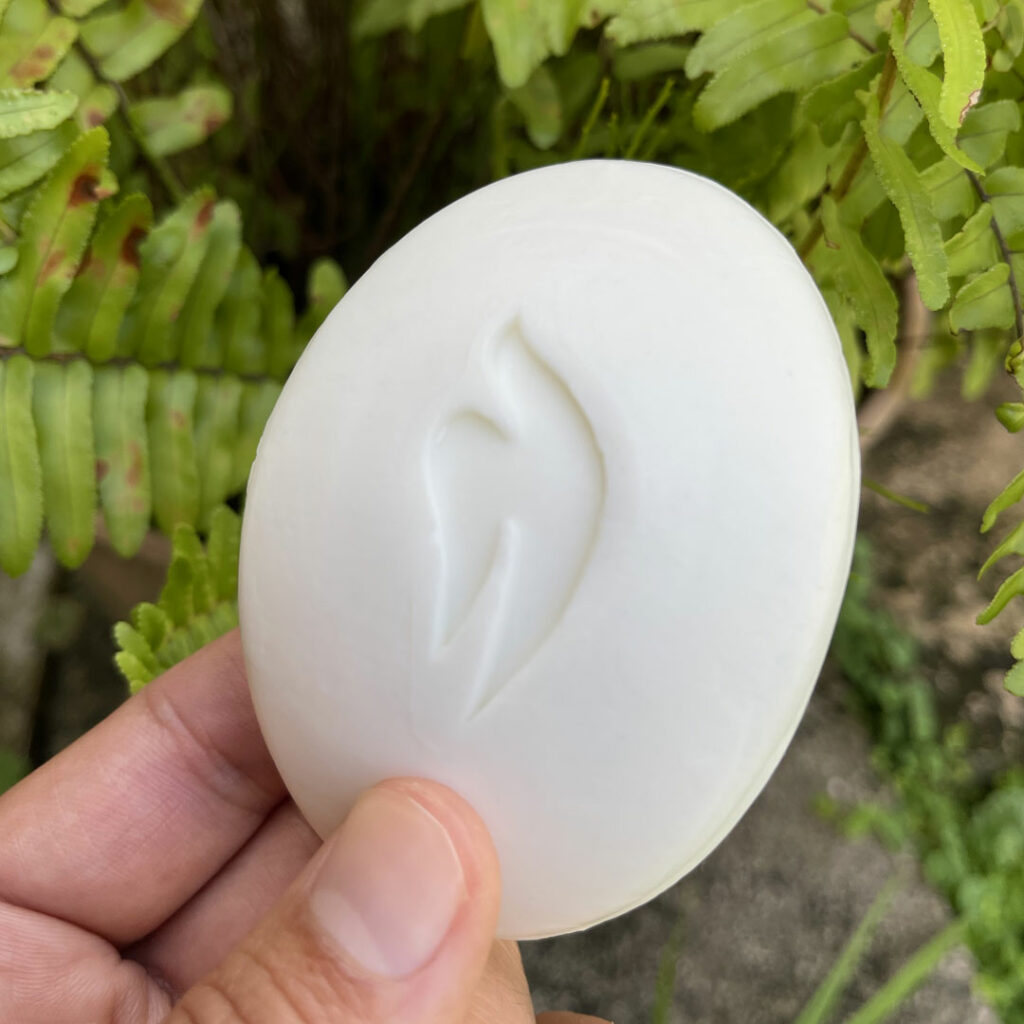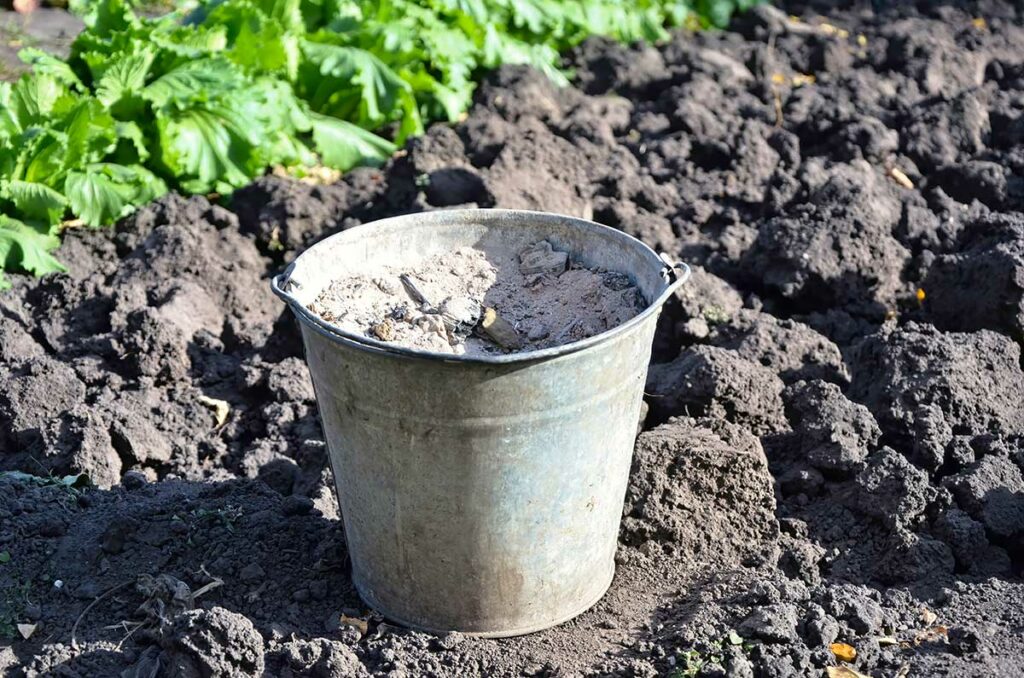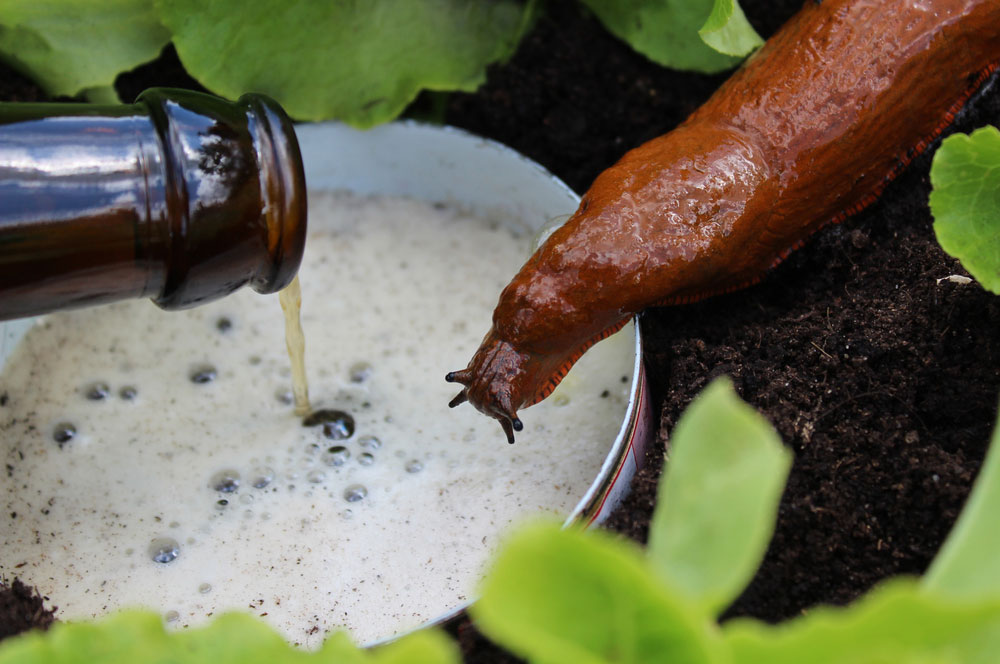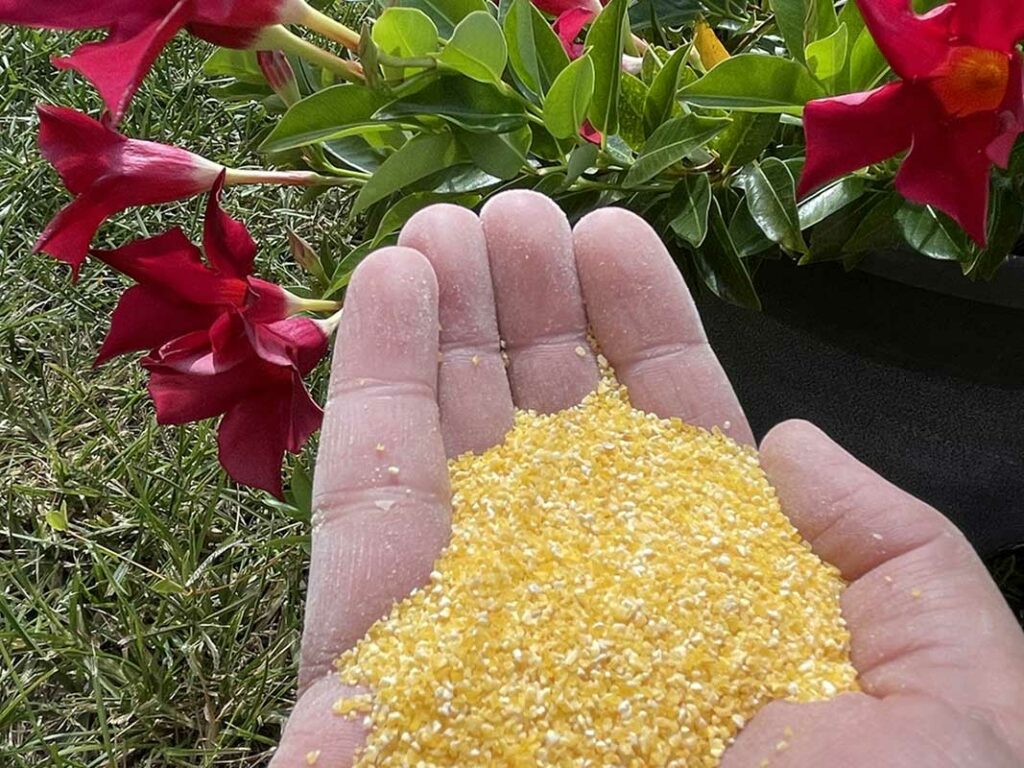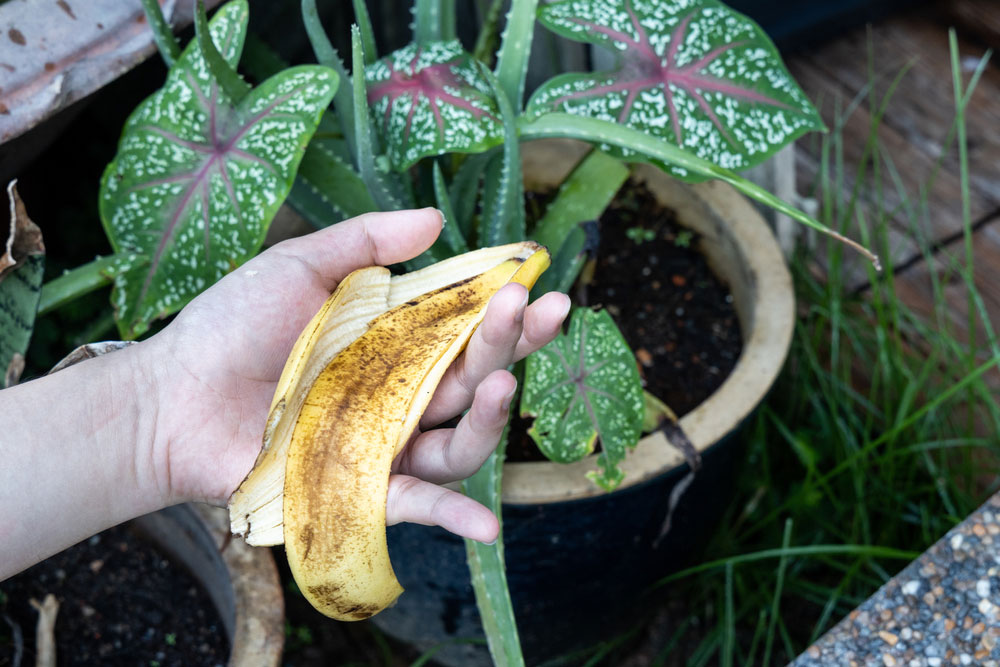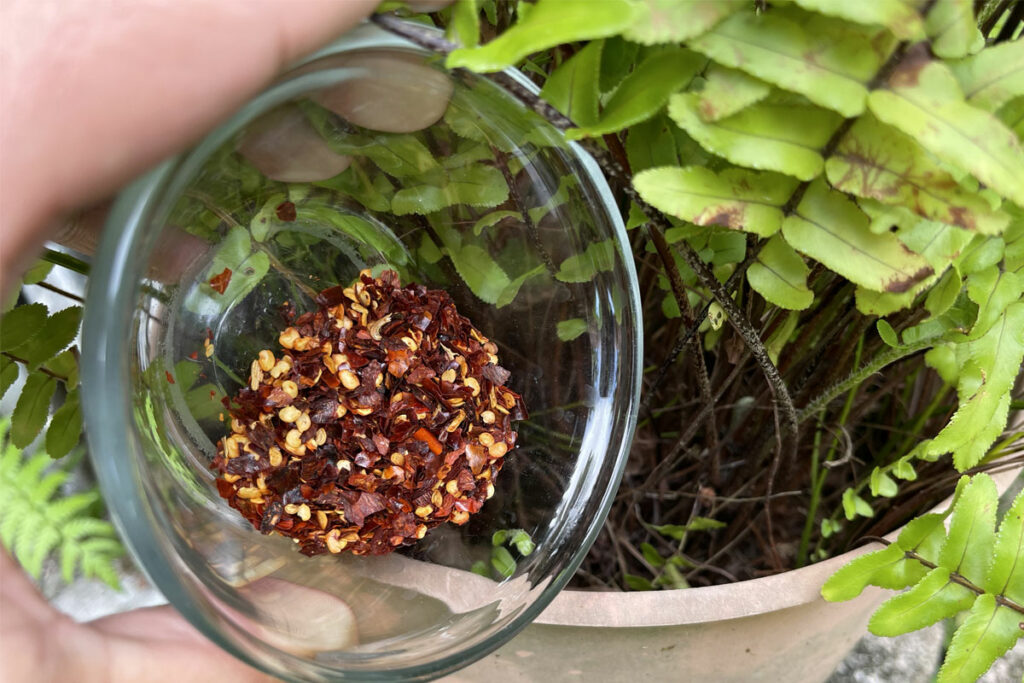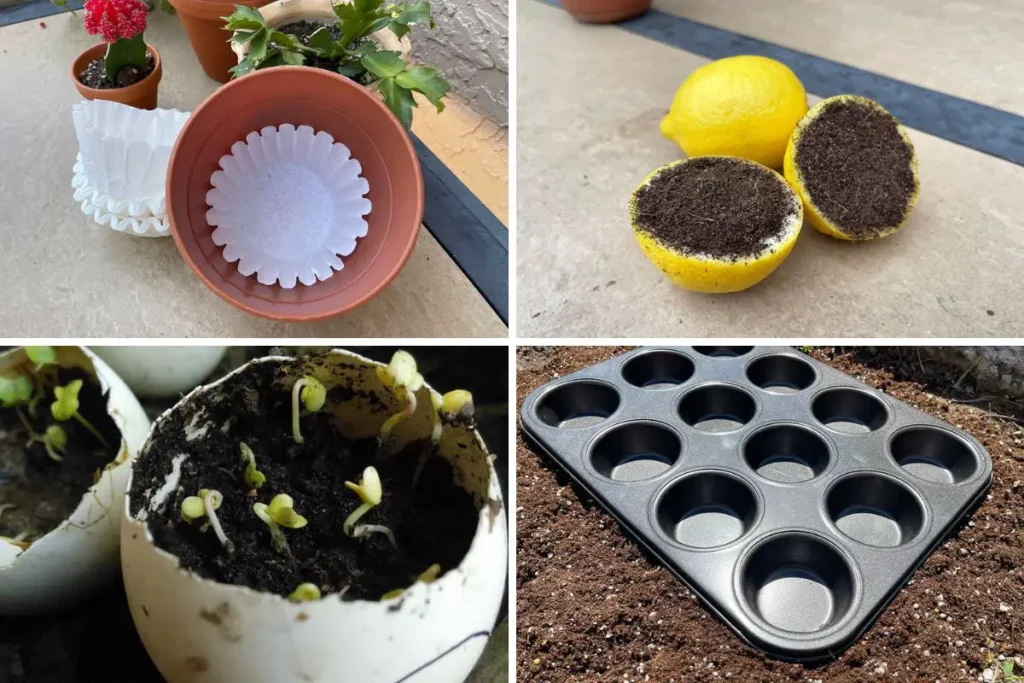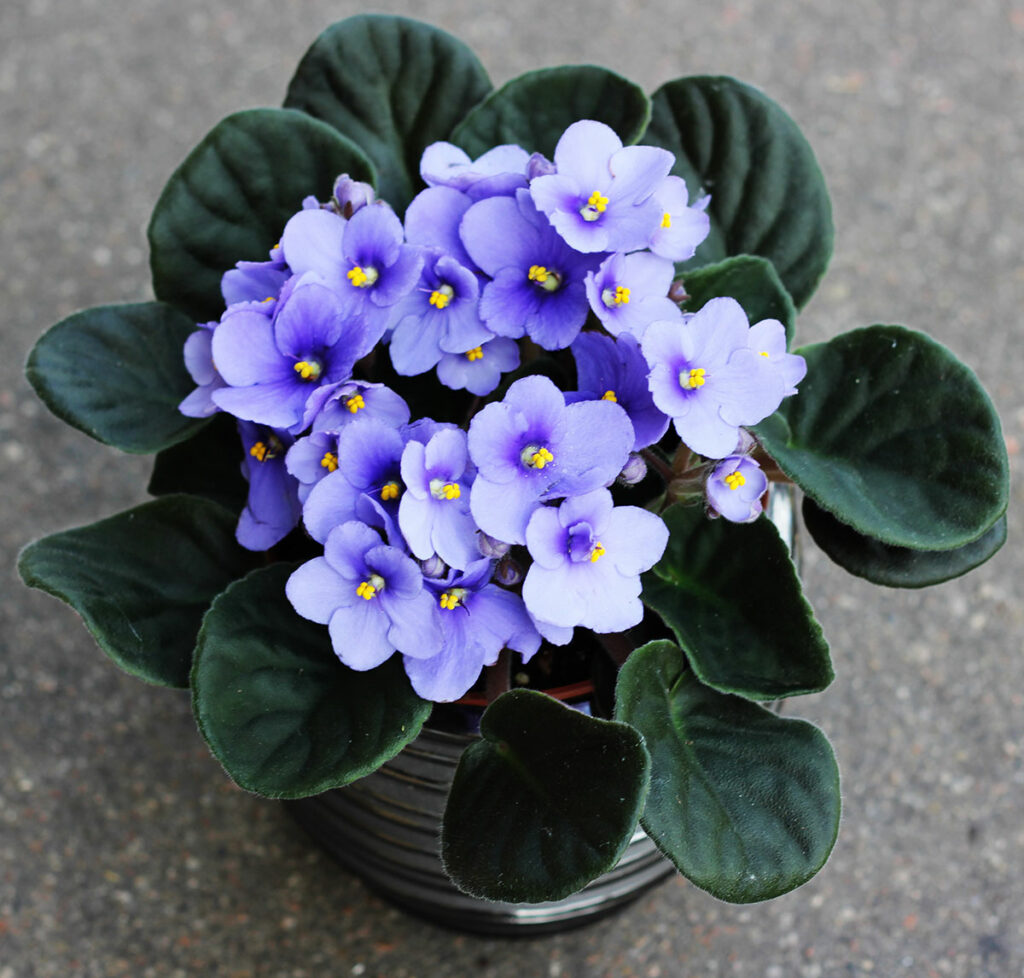
Are you looking to give your houseplants a little extra boost with something you probably already have in your kitchen?
Coffee grounds can be an excellent addition to your gardening routine, offering nutrients that can enhance plant growth.
Discover how your favorite houseplants can thrive with a simple, sustainable addition to their care routine.
This article will introduce you to twelve potted plants that are especially receptive to the benefits of coffee grounds.
IMPORTANT: Read our coffee grounds plant precautions at the end of the article!
1. Spider Plant
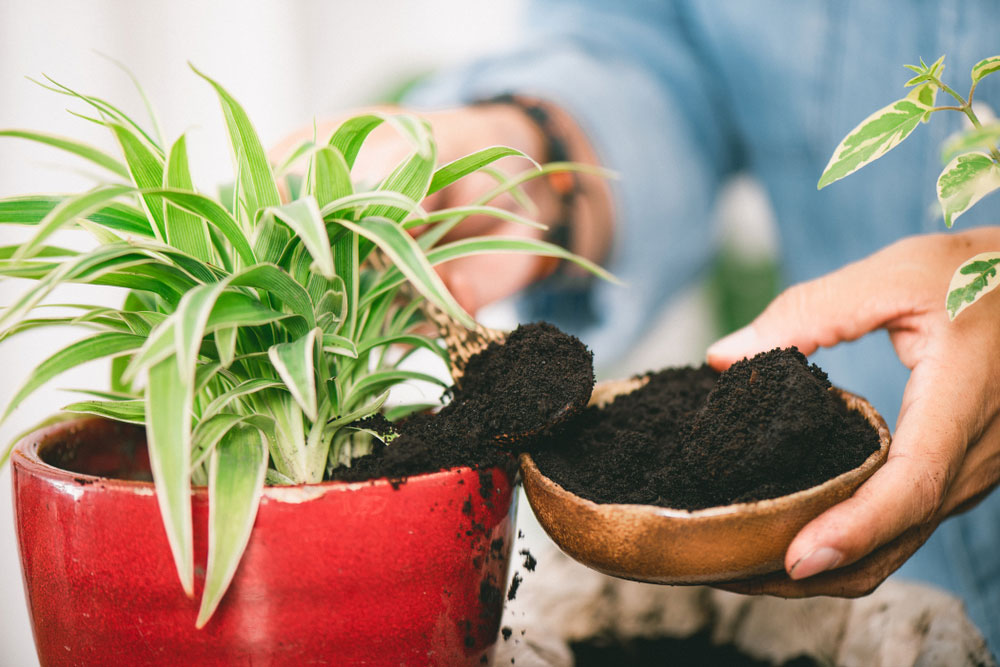
Spider plants love the occasional treat of coffee grounds. These natural fertilizers provide essential nutrients like nitrogen, which promotes vibrant green leaves.
You can mix the grounds into the top layer of soil. Just be sure not to overdo it. Moderation is key to keeping your spider plant healthy and happy with this organic boost.
2. African Violets

African Violets thrive with the right balance of nutrients. Coffee grounds can provide a mild, slow-release source of nitrogen, helping them grow lush foliage.
To use coffee grounds, sprinkle a small amount on the soil’s surface. Be cautious not to overdo it, as too much can raise soil acidity.
Water as usual and enjoy your healthy African Violets.
3. Peace Lily
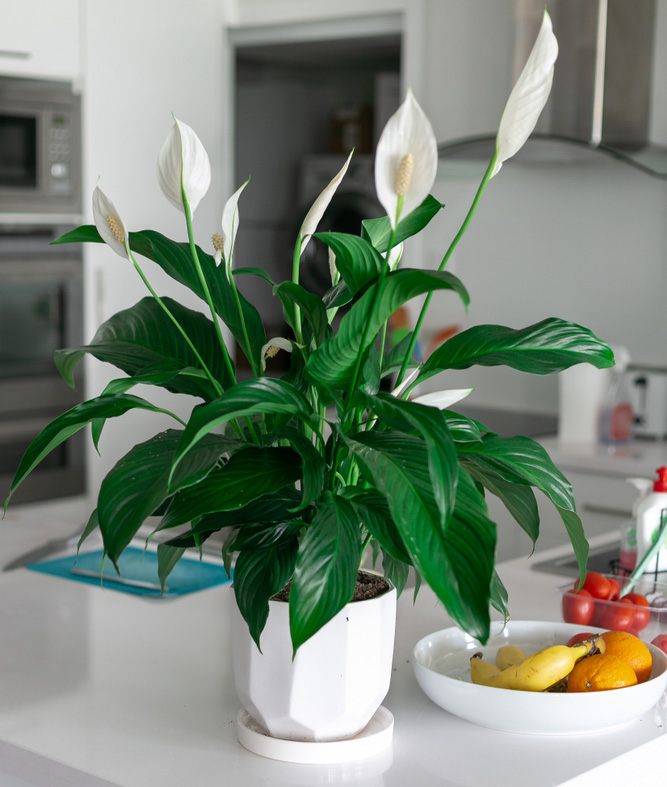
Peace Lilies thrive with a small boost from coffee grounds.
Rich in nitrogen, coffee grounds help to enhance the lush, green leaves.
Sprinkle a thin layer on top of the soil and water as usual.
This provides a slow-releasing fertilizer, keeping your Peace Lily vibrant and healthy.
4. Snake Plant
The Snake Plant, known for its hardy nature, finds coffee grounds beneficial. These grounds provide a mild acidity that can enhance soil quality, helping the plant thrive.
You only need to sprinkle the grounds lightly on top of the soil without overdoing it. Too much can be harmful. It’s a straightforward way to keep your Snake Plant happy and healthy.
5. Pothos
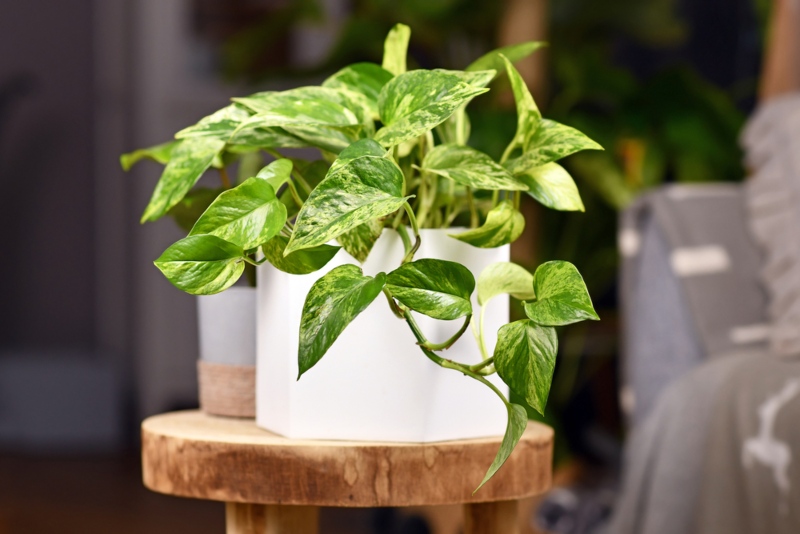
Pothos is a popular choice for houseplant enthusiasts. Known for its trailing vines and ease of care, it’s a great addition to any indoor space.
Using coffee grounds as a soil amendment can benefit your Pothos. The grounds add nitrogen, which supports healthy, lush growth. Just sprinkle a small amount onto the soil monthly and enjoy the vibrant green leaves.
6. Philodendron
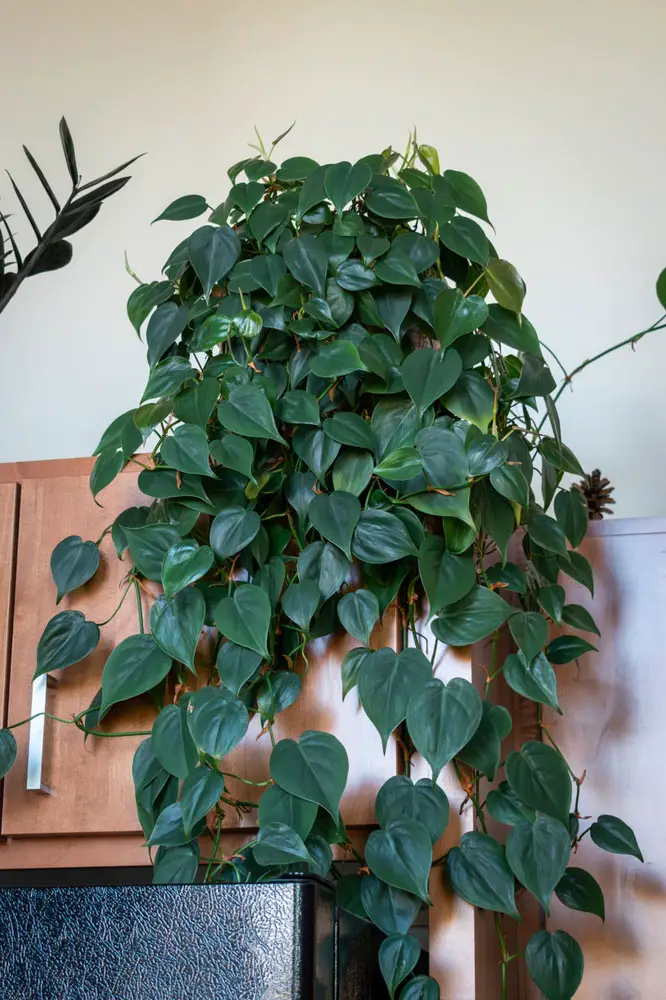
Philodendrons thrive with a bit of extra love from coffee grounds. The nitrogen in the grounds helps to keep the leaves lush and green.
To use, sprinkle a small amount into the soil and mix it in. Be cautious not to overdo it, as too much can make the soil too acidic.
7. Aloe Vera
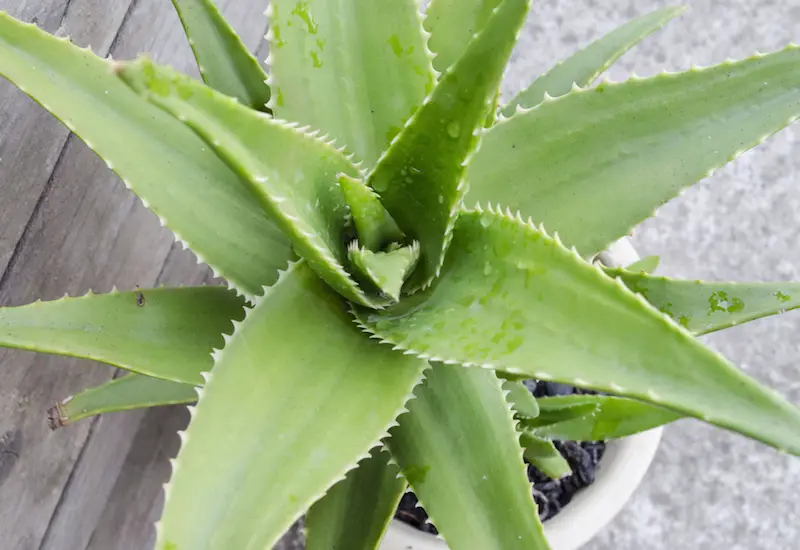
Aloe Vera benefits from the occasional addition of coffee grounds to its soil.
The grounds can help maintain the slightly acidic pH that Aloe Vera prefers.
Use the grounds sparingly and ensure they are well-mixed into the soil to avoid excess moisture.
You’ll notice healthier leaves and potentially more productive growth.
8. Christmas Cactus
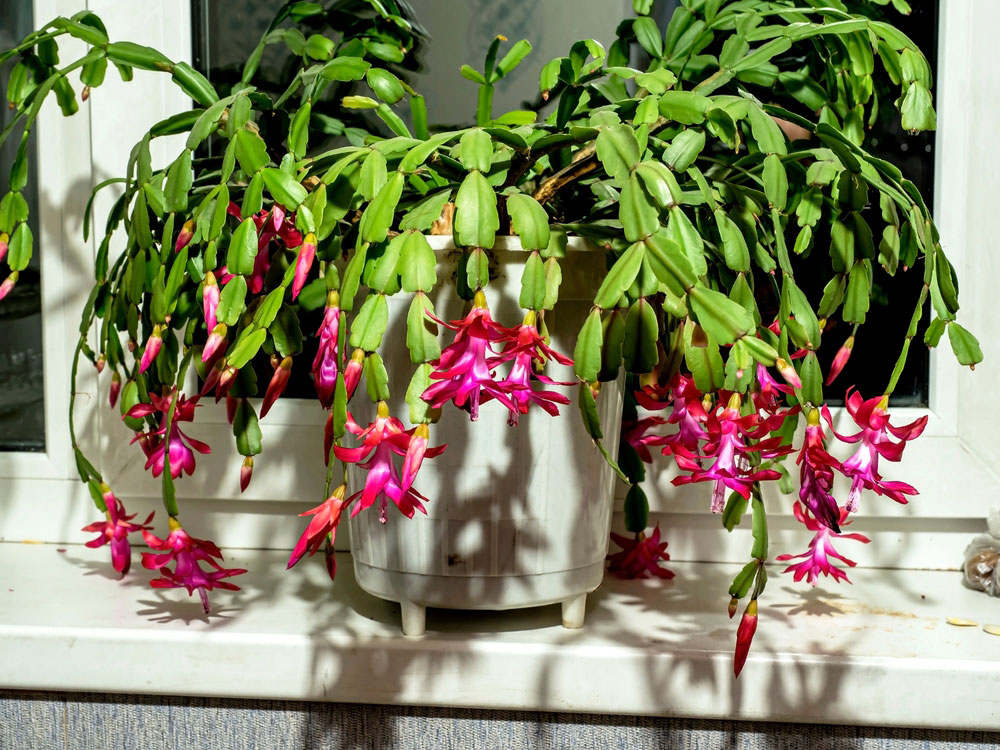
Christmas Cactus can thrive with a little extra boost from coffee grounds.
Sprinkle a small amount of used coffee grounds onto the soil. This can help provide the organic matter that your cactus needs.
Be cautious not to overdo it, as too much can affect the soil’s pH balance.
9. Cyclamen
Cyclamen plants appreciate the slight acidity that coffee grounds can provide. Sprinkle a small amount on the soil surface to boost nutrients.
Be careful not to overdo it—too much can lead to excessive moisture retention.
These vibrant flowers thrive with the added organic matter, making your Cyclamen healthier and more vibrant.
10. Boston Fern
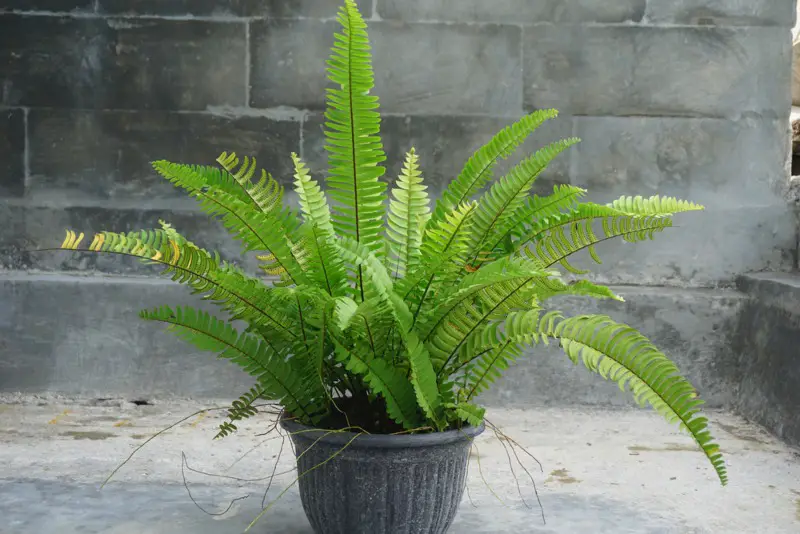
Boston ferns love a humid environment and indirect sunlight. Coffee grounds can help keep the soil slightly acidic, which is beneficial for them.
Sprinkle a small amount of used coffee grounds into the potting mix occasionally. This will help provide essential nutrients and keep your fern lush and green.
Be careful not to overdo it, as too much acidity can harm the plant.
11. Jade Plants
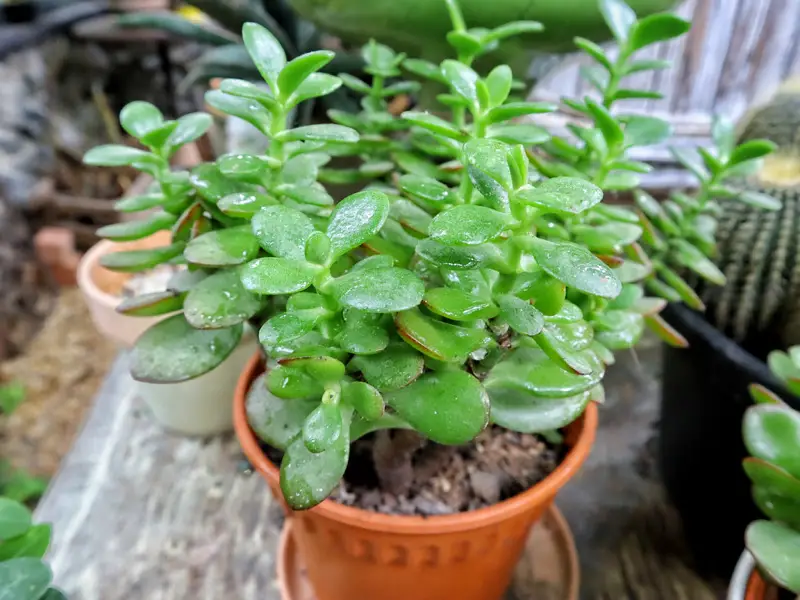
Jade Plants, known for their thick, glossy leaves, can benefit from coffee grounds. These grounds add nitrogen to the soil, which helps promote healthy growth.
Sprinkle a small amount around the base of your Jade Plant and gently mix it into the soil. Be sure not to overdo it. Too much could lead to root rot. Integrating coffee grounds sparingly ensures your Jade Plant thrives.
12. Azalea
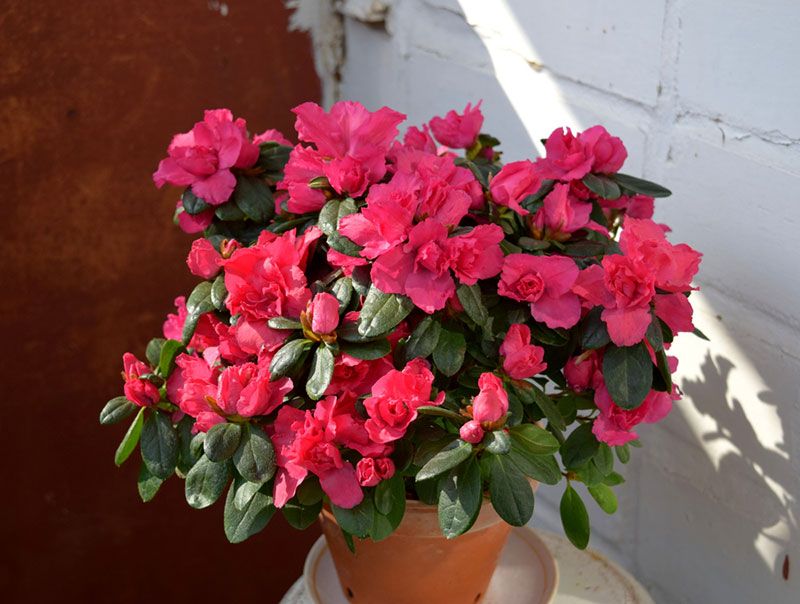
Azaleas thrive with the added boost of coffee grounds. Your azaleas will benefit from the acidity that coffee grounds provide. This keeps the soil pH balanced just right for them.
Sprinkle some used coffee grounds around the base of your azaleas. This will help retain moisture in the soil. Your azaleas will look healthier and bloom more vibrantly.
Benefits of Using Coffee Grounds for Houseplants
Using coffee grounds for houseplants can enrich the soil with nutrients, adjust soil acidity favorably, and help deter pests.
Nutrient Enrichment
Coffee grounds are rich in essential nutrients like nitrogen, potassium, and phosphorus. These nutrients are crucial for plant growth and can boost your houseplants’ health.
When you mix coffee grounds into the soil, they decompose, releasing nutrients slowly. This steady release helps feed your plants over time.
Additionally, coffee grounds improve soil structure, enhancing aeration and water retention. This makes it easier for plant roots to absorb necessary nutrients and water.
Using coffee grounds as compost is also an eco-friendly option, reducing waste and recycling valuable organic material back into your garden.
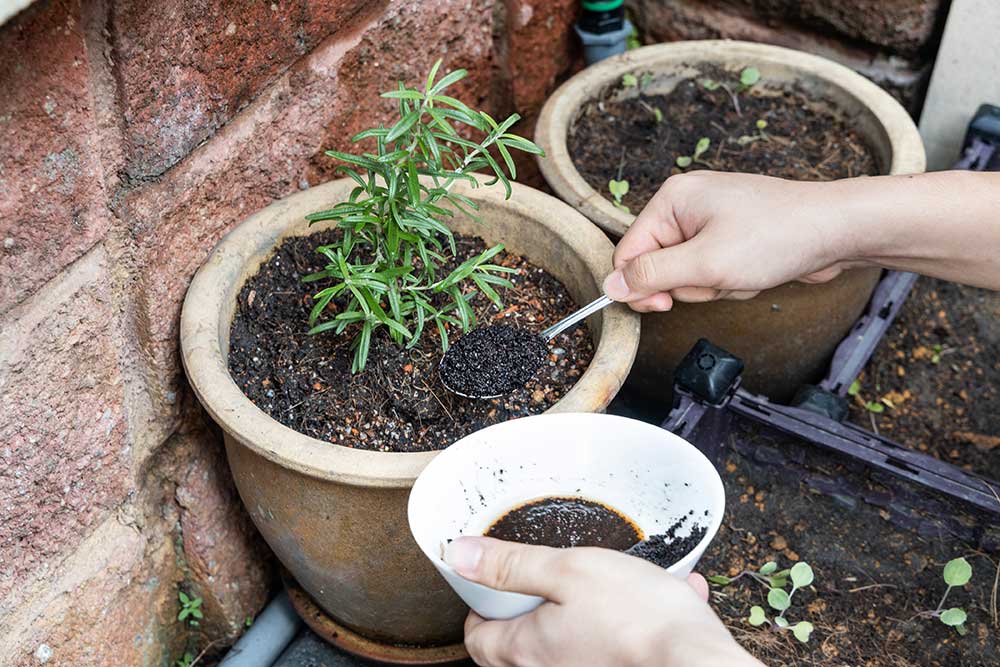
Soil Acidity Adjustment
Coffee grounds can slightly increase the acidity of the soil, which benefits acid-loving plants like azaleas, gardenias, and blueberries. This adjustment can help these plants thrive by providing the right pH level for optimal nutrient uptake.
To avoid excessive acidity, always use coffee grounds in moderation. Mixing them with other compost materials can balance the pH levels, ensuring your plants get just the right amount of acidity
You can even test your soil’s pH before and after applying coffee grounds to monitor changes. This careful approach will help you maintain a healthy growing environment for your houseplants.
Pest Deterrence
The strong scent of coffee grounds can deter common pests such as ants, slugs, and snails. When you sprinkle coffee grounds around your plants, it creates a barrier that pests find unpleasant to cross.
Coffee grounds can also help repel cats. If you have a problem with cats digging in your plant beds, coffee grounds can serve as a natural deterrent.
Although coffee grounds alone may not completely eliminate pest problems, they are a valuable addition to your integrated pest management strategy. Using them regularly can help reduce pest pressures on your houseplants.
A friendly reminder: always use coffee grounds in moderation to avoid any negative effects on your plants and soil.
Proper Application Methods for Coffee Grounds
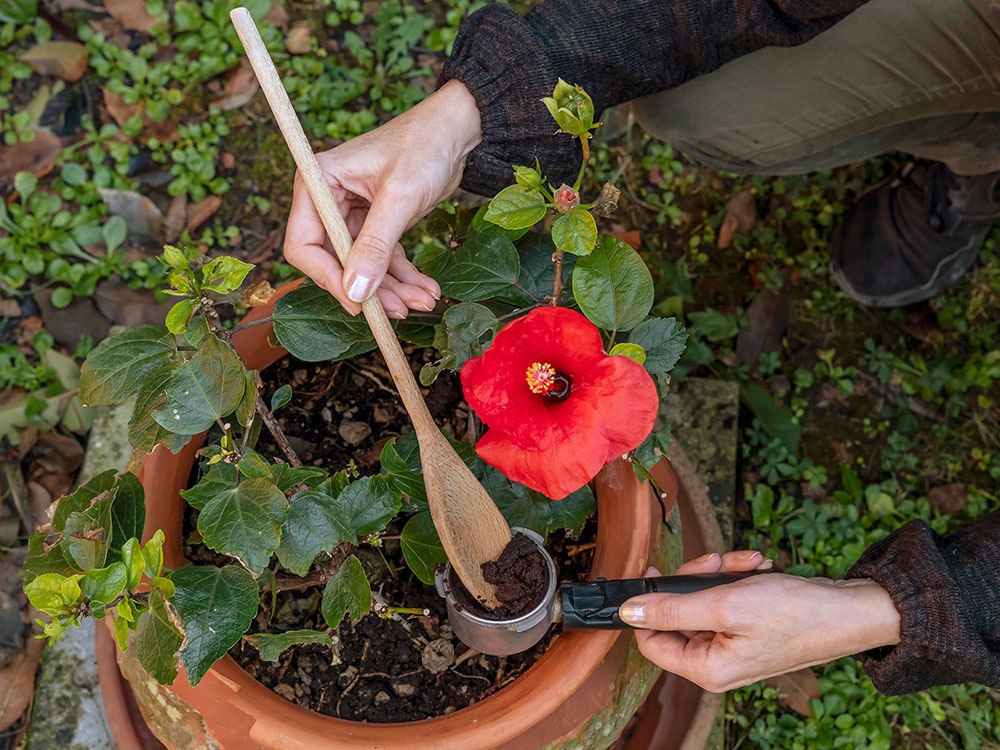
Using coffee grounds for your houseplants can enrich the soil and boost growth. Applying them directly or through composting are effective methods.
Direct Application
Sprinkle the coffee grounds thinly over the soil, making sure not to create a thick layer. Too much can block water and air from getting through.
Mix the grounds with the top layer of soil, aiming for a blend that allows nutrients to seep through.
Water your plant after applying the grounds to help nutrients absorb into the soil. Use coffee grounds every few weeks to avoid excessive soil acidity.
Composting with Coffee Grounds
Add coffee grounds to your compost bin, combining them with other compost materials like veggie scraps and yard waste.
Maintain a balanced ratio of green to brown materials, with coffee grounds being a “green” composting material. You can use about 10-20% coffee grounds in your compost pile.
Turn your compost regularly to keep it aerated and ensure even decomposition. Once fully composted, use the mixture to enrich your houseplant soil naturally.
Potential Risks and Considerations
While coffee grounds can benefit certain houseplants, there are risks to be aware of. These include potential issues with soil acidity and mold growth.
- Avoid Fresh Grounds: Fresh coffee grounds are highly acidic and can harm most houseplants. Stick to used coffee grounds, which have a neutral pH and are safer for plants
- Moderation: Use coffee grounds sparingly. Too much can lead to nutrient toxicity and root issues. A little goes a long way in providing the necessary nutrients.
- Avoid Flavored Coffee: Only use plain coffee grounds without added flavors, milk, or sugar, as these can attract pests and harm your plants
Over-Acidity Issues
Coffee grounds are acidic and may increase the soil acidity more than some plants can handle. High acidity can affect nutrient uptake and may cause yellowing leaves or stunted growth. It’s important to test soil pH regularly if you’re adding coffee grounds.
Certain plants like ferns or snake plants prefer neutral to slightly acidic soil. For them, overusing coffee grounds can be detrimental. Monitor the amount you’re using. Start with small amounts and observe your plant’s response.
Mixing coffee grounds with other compost materials can help neutralize the acidity. This ensures your plants receive the benefits without the risk of soil becoming too acidic.
Mold Growth Prevention
Coffee grounds retain moisture, which can create an environment conducive to mold growth. Mold on the soil surface can look unsightly and lead to potential health issues for your plants. Stirring the coffee grounds into the soil rather than leaving them on top can mitigate this risk.
Ensure proper drainage to avoid waterlogged soil. Using a moisture meter can help you monitor the wetness levels. Overwatering combined with coffee grounds can increase mold risk, so water only when necessary.
To further prevent mold, consider drying coffee grounds before adding them to the pots. This reduces moisture levels and helps keep mold at bay.

